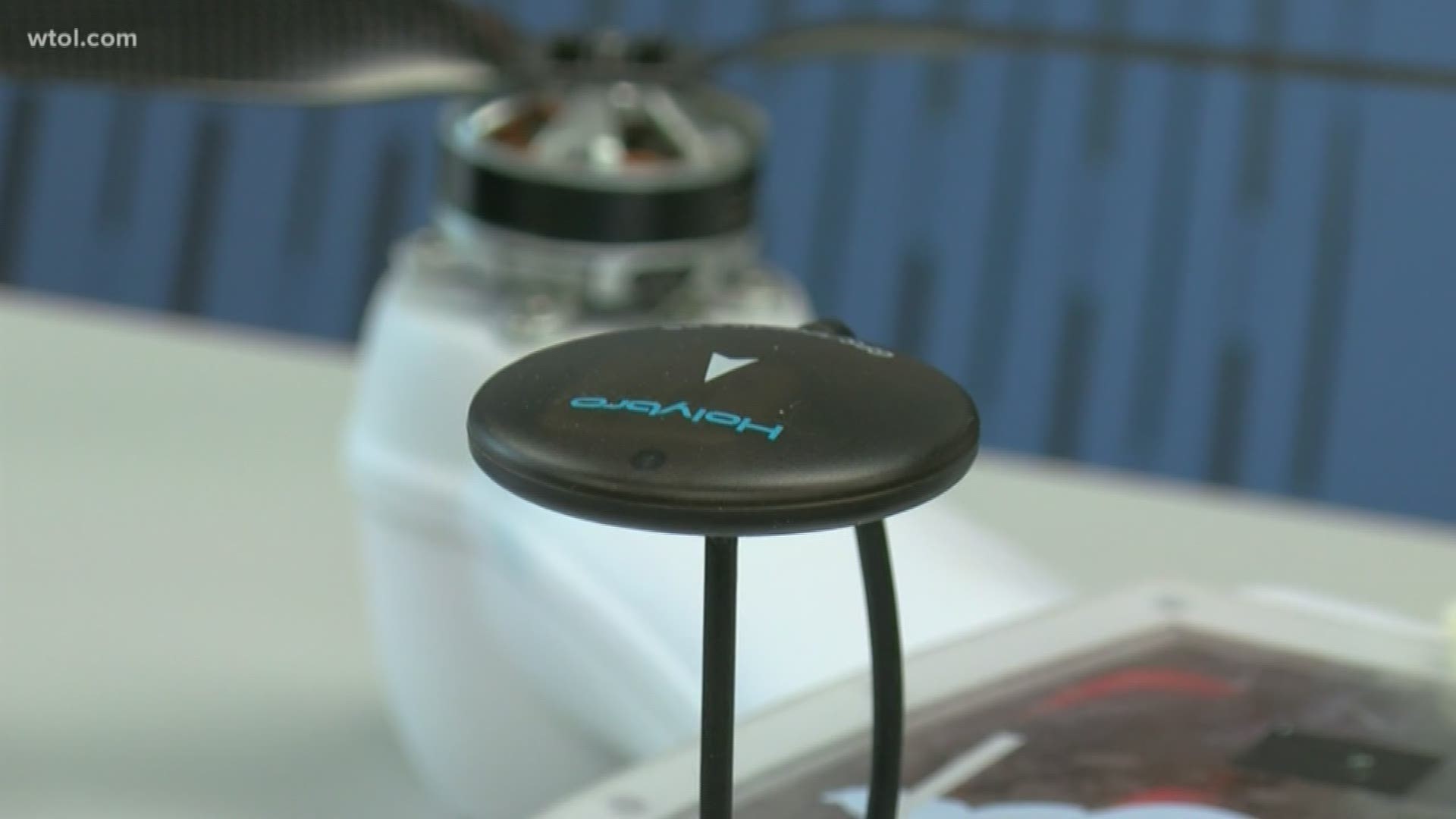TOLEDO, Ohio — WTOL is tracking the growth of the algae bloom.
Last week, the Lake Erie bloom was expected to arrive in the second half of the month.
Usually to get those overhead shots of the algal blooms that form in Lake Erie, they need to be taken from a satellite.
But what if the sky is overcast?
Well, a two-year study at the University of Toledo has figured out how to use drones for not only imaging, but to test the water itself.
Dr. Richard Becker at the University of Toledo has finished up a study to see if drones can be used as a dependable tool to monitor algal blooms.
Along with imaging equipment, the drone is also equipped with hyperspectral spectroradiometers to measure chlorophyll levels, suspended minerals, cyanobacteria index and surface scum.
The drone was flown around the same time as NASA flights which uses a much more expensive spectometer to compare the readings.
And after peer review, the results from this drone are shown to be comparable enough to use in tracking algal blooms.
Now, the goal is drones like these could be used by people at water treatment plants.
And it will not act as a replacement for crews going out on the water and taking samples directly, but instead it will help broaden the amount of data being collected.
"It's a great complimentary tool because when we go out, instead of taking one boat sample in one location we can fly it out as much as a kilometer away from where the boat is or for on the coastline or river shoreline, we can take a measurement in the river without having to take a boat out into the middle of the river," said Becker.
Currently, the bloom extends from Maumee Bay up to 20 miles north along the Michigan coast, and up to 11 miles east along the Ohio coast.
The latest sample tests show the toxin concentration did increase from last week, but is still below the recreational threshold.
And with a forecast of 5 to 18 knot winds, the bloom should be spread out further east over the next few days, which is expected to reduce the algae concentration on the surface.
Now, after last weeks harmful algal bloom forecast, many people thought the bloom was supposed to be smaller this year because so few farmers fertilized and worked their fields.
But, Dr. Becker said it's possible that much of the nutrients in the lake now were legacy nutrients leftover in the soil.
He also said while work is ongoing to fins a legitimate solution, we won't be seeing much progress as fast as we'd like.
"In order to understand where we are now we have an almost 40-year record of what's been going on in the Maumee River. And that's helped us to understand what the main drivers are. And so as we start implementing solutions, something may not appear in one year, it may take two or three years before we see a real good solution," said Becker.
And as always, we will constantly update you on air and online with any new developments from harmful algal blooms in the lake throughout the summer.

